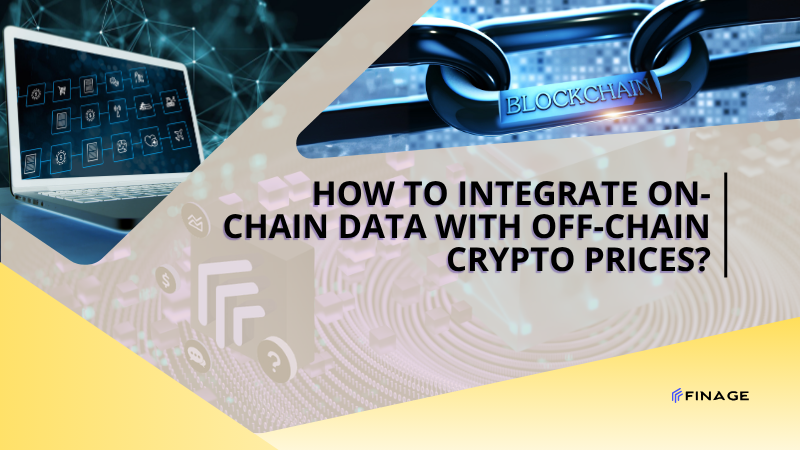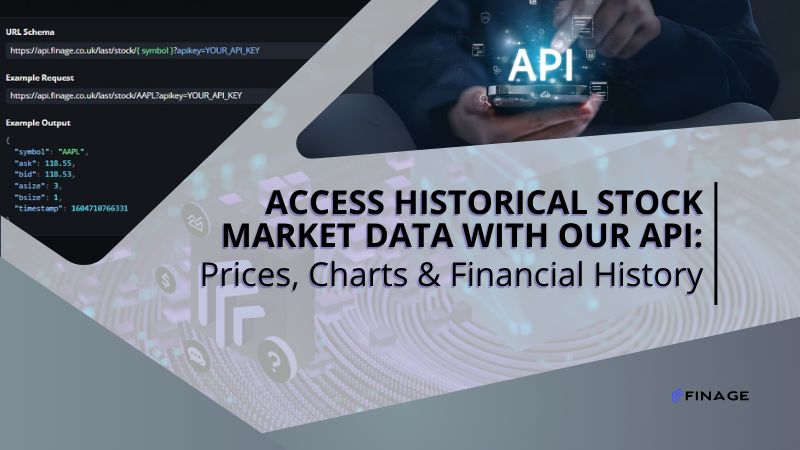Using High Frequency Trading with AI in 2024
5 min read • July 20, 2023

Introduction
Anyone in the crypto industry is aware of how volatile it is, which can both work for and against traders. The risks involved due to the price changes are such that they affect short-term traders for better or for worse. To help curb the issue, innovators have come up with High Frequency Trading or HFT.
High-frequency trading basically sifts through the market microstructure and makes decisions from it within seconds. The HFT system has helped make profits for traders and if the number of transactions is high, the risk lowers. Here are the main tips on how to use HFT trading with AI this year.
Contents:
- Why Should You Trade with AI
- Artificial Intelligence
- Machine Learning Topics
- Supervised and unsupervised learning
- Classification and regression
- Experiment Pipeline
- Data sampling
- EDA
- Model training
- Inference
- Order Books
- Selecting a Data Source
- Final Thoughts
Why Should You Trade with AI
The traditional HFT is somewhat restricted because past engineers designed it with linear regression. This came with an alpha researcher who sought out large amounts of these hand-crafted features. Fortunately, the crypto market is not affected by the restriction because all transactions occur on cloud. As such, the computation latency is far smaller than the average and can be considered negligible.
Another aspect deals with the evolution of hardware and software technology in recent times. These advancements have resulted in the number of computations performed at a time increasing. This makes the process quick and efficient, hence the adoption of AI in HFT.
Artificial Intelligence
We have all seen or heard of artificial intelligence and how it is going to be a greater component of the future. Simply put, artificial intelligence refers to pieces of tech that have the human ability to learn from data and react to it. However, the reaction to the data will not be accompanied by human error.
Theoretically, AI is more efficient than humans and is not subject to biases. With AI, traders can now make complex decisions and avoid creating all alpha logic. This will be because any information fed into the machine can be learned by the model
.
Machine Learning Topics
There are a few things to get into when it comes to how AI may work. The following are just a few topics that apply:
Supervised and unsupervised learning
This refers to how the machine interacts with a problem while being monitored or not. While supervised, a machine is expected to get an answer right after seeing it. If it is unsupervised, the machine will have an algorithm that knows little about the answer.
Classification and regression
Unlike supervised and unsupervised learning, this topic features two aspects that have little in common. Classification concerns sorting the input into multiple classes, while regression predicts particular values. With the value, such as the return, predicted, HFT problems are often with regression.
Experiment Pipeline
The experiment pipeline is an important part of the Machine learning process. The pipeline is made of the following parts:
- Data sampling
- Model training
- Backtesting
- Exploratory data analysis (EDA)
Data sampling
Gathering data is an important aspect of machine learning. The data collected has to be of a great standard to have a more accurate result model. Data has to be properly analyzed for the machine to learn correctly.
EDA
With the data analyzed, the model architecture can now be built up. If things are done smoothly via data visualization, statistical properties can be checked.
Model training
With the data sorted, training your machines can begin, with well-known frameworks such as Pytorch being worked on. With this part, hyperparameters are carefully tuned along with the model architecture. This is done to keep the models from reciting properties in something only training data shows. Overfitting will occur if a poor performance in testing data is coupled with a good result.
Inference
Also known as backtesting, this comes after the model has been completed. From here, historical information from the backtesting system is applied to the model as a trial.
Order Books
An HFT model is seemingly enough in itself but there is more to it. A part of this is order book data, which is where all information on buy and sell orders is held. Order books can also hold other information such as price and quantity.
Selecting a Data Source
Knowing where the data comes from is important as previously established. Among the many possible sources of data, the most common would be query data. Query data is simply information that is found at the exchange itself. If the query data is not able to be downloaded, other available third-party sources are out there.
These third-party sources offer a wide range of historical data which includes order book data, all while being support for many exchanges. Despite having obvious upside, third-party sources have many issues concerning quality and a limited data range. There is one other data source and this one is built in-shop and can curb the quality and range issues.
Final Thoughts
Artificial Intelligence is something that is taking its place in the market in the present day. Its presence in the future will be far more felt as humanity moves further away from the common error to something more assured.
An HFT that is enhanced by AI is probably the most powerful tool a trader can possess because the predictions aren’t marred by human error. As technology gets better and AI gets closer to being perfected, the amount of data that can be analyzed will increase. In addition to it, this incorporation of AI and HFT will cause the latter to adapt to more diverse situations.
You can get your Real-Time and Historical Market Data with a free API key.
Build with us today!
Claim Your Free API Key Today
Access stock, forex and crypto market data with a free API key—no credit card required.

Stay Informed, Stay Ahead
Finage Blog: Data-Driven Insights & Ideas
Discover company news, announcements, updates, guides and more


